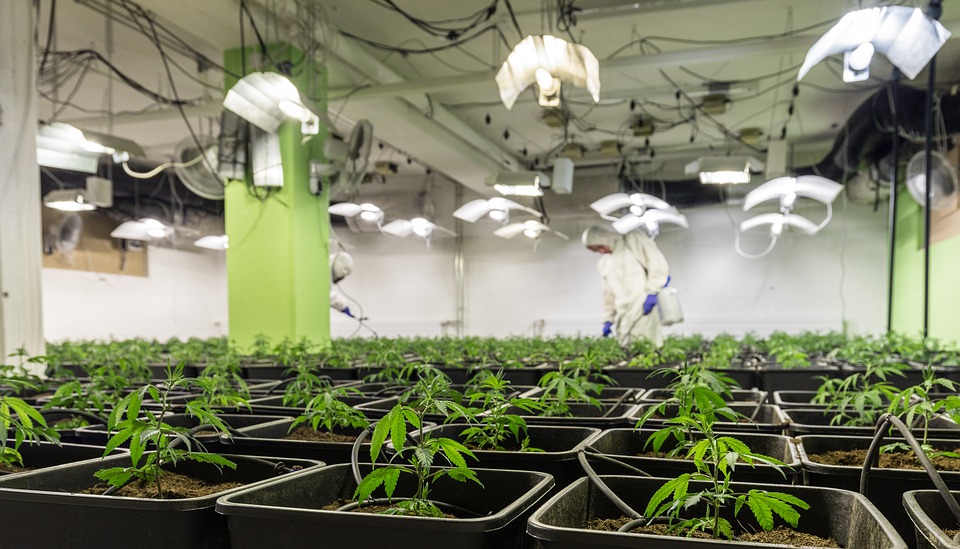When it comes to extracting CBD and other beneficial compounds from hemp plants, there are two primary methods that are commonly used: solvent extraction and solventless extraction. Each method has its own set of pros and cons, and understanding the differences between the two can help you make an informed decision when choosing a product.
Solvent Extraction
Solvent extraction is a method that involves using a chemical solvent, such as ethanol or CO2, to extract the desired compounds from the hemp plant. This process typically involves soaking the plant material in the solvent, which then dissolves the compounds and allows them to be separated from the plant material. The solvent is then evaporated, leaving behind a concentrated extract.
One of the main advantages of solvent extraction is that it is a highly efficient method that can produce high yields of CBD and other cannabinoids. This method is also relatively quick and can be easily scaled up for large-scale production. However, there are some drawbacks to solvent extraction, including the potential for residual solvents to be left behind in the final product. This can be a cause for concern for those who are looking for a completely natural product.
Solventless Extraction
Solventless extraction, on the other hand, is a method that does not involve the use of any chemical solvents. Instead, this method relies on mechanical or physical means to extract the desired compounds from the hemp plant. One of the most common solventless extraction methods is rosin pressing, which involves applying heat and pressure to the plant material to squeeze out the cannabinoids and terpenes.
One of the main advantages of solventless extraction is that it produces a more natural and pure product, as there are no chemical solvents involved in the process. This method also allows for greater control over the final product, as the extraction process is more hands-on and can be adjusted based on the specific characteristics of the plant material. However, solventless extraction can be less efficient than solvent extraction and may produce lower yields of cannabinoids.
Conclusion
When choosing between solvent and solventless extraction methods, it ultimately comes down to personal preference and priorities. If you are looking for a highly efficient method that can produce high yields of CBD and other cannabinoids, solvent extraction may be the best option for you. However, if purity and naturalness are important to you, solventless extraction may be the way to go.
Regardless of which method you choose, it is important to do your research and ensure that the product you are purchasing has been properly tested for purity and potency. By understanding the differences between solvent and solventless extraction methods, you can make an informed decision that meets your needs and preferences.
FAQs
1. Are solvent extraction methods safe?
Solvent extraction methods can be safe if they are carried out properly and the final product is properly tested for residual solvents. However, there is a potential risk of residual solvents being left behind in the product, which can be a concern for some consumers.
2. How can I ensure that a product has been properly extracted?
It is important to look for products that have been tested by a third-party laboratory to ensure that they are free of residual solvents and contaminants. These test results should be readily available from the manufacturer or retailer.
3. Which extraction method produces a more potent product?
Both solvent and solventless extraction methods can produce potent products, but the potency can vary depending on the specific characteristics of the plant material and the extraction process. It is important to look for products that have been properly tested for potency to ensure that you are getting a high-quality product.

